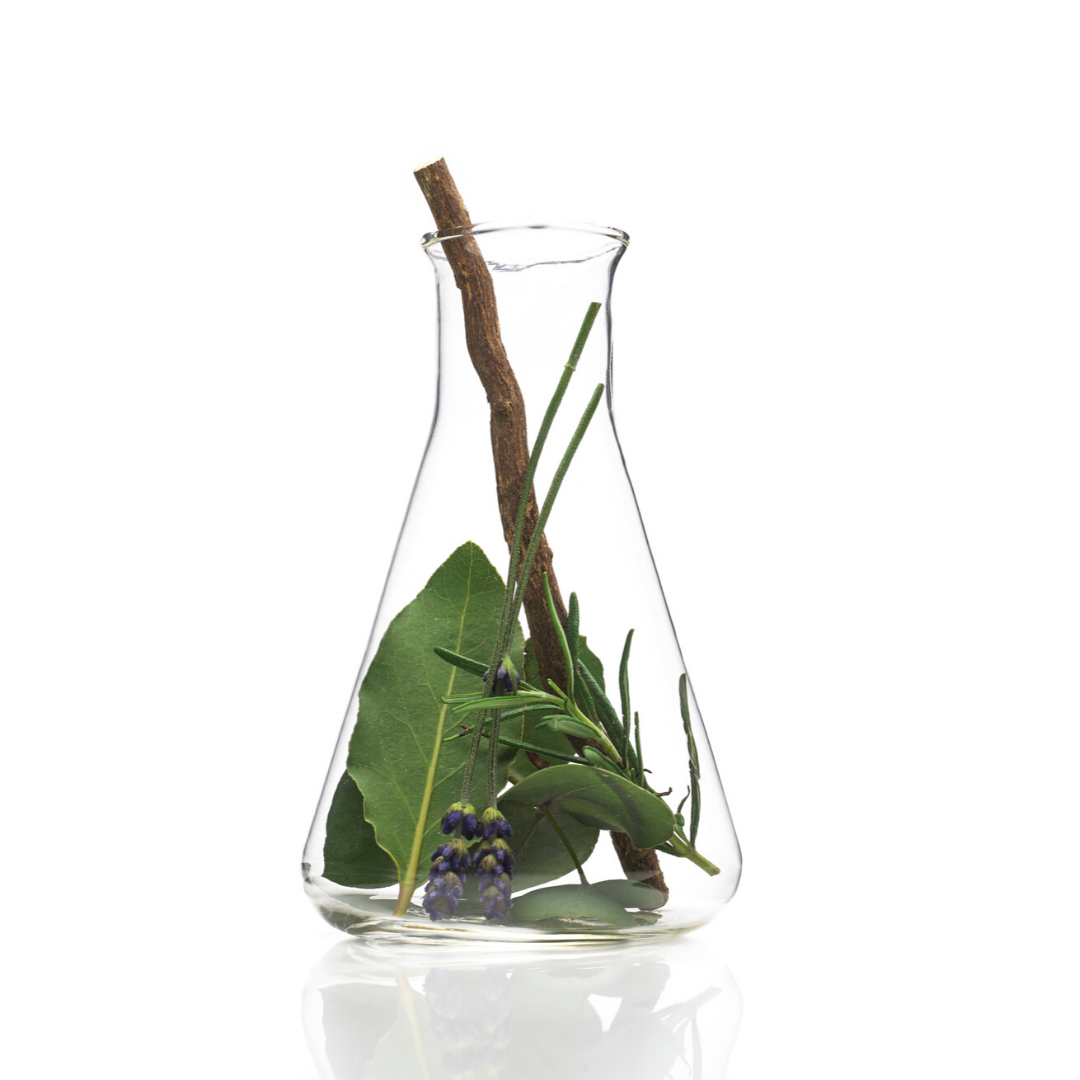
The Evolution of Plant Medicine From Beginning to Today
We are all looking for ways to enhance and maintain health in these times, and more people are seeking out natural solutions.
While natural options are often deemed “alternative wellness” their history and use is the basis of modern/western medicine.
Here’s a brief history of plant-based medicine.
Plant Medicine: The Beginning
The oldest written evidence of medicinal plants’ usage for preparation of drugs has been found on a Sumerian clay slab from Nagpur, approximately 5000 years old. It comprised 12 recipes for drug preparation referring to over 250 various plants.
Shortly after, the Chinese book on roots and grasses “Pen T’Sao,” written by Emperor Shen Nung circa 2500 BC, treats 365 drugs (dried parts of medicinal plants), many of which are used even now. And the Ebers Papyrus, written circa 1550 BC, represents a collection of 800 proscriptions referring to 700 plant species and drugs used for therapy.
The ancient European, Indian (or Ayurvedic) and the Chinese medicinal systems, although different, all believed that imbalance in the human body is the cause of all illness. They each sought to restore balance – or homeostasis – to the system, with good health to follow.1
Plant Medicine Evolution
Plants were the only medicines used before 500 B.C, when it was believed that they had power as both ritual and medicine.
After 500 B.C., starting with the age of Hippocrates, illness was gradually seen as less of a supernatural experience and identified more as a natural human condition.2
Plant Medicine Expansion
With the rise of worldwide trade in the 14th century, regions began sharing plants and remedies. And as various epidemics & plagues ravaged these regions, remedies & resources were shared to combat illnesses, and homeopathy and plant-based medicine becoming increasingly popular.2
A New Age in Plant Medicine
Before the 16th century, most of the mainstream medical systems were based on the idea that one should work with nature and that the body’s own healing capacity could be strengthened and complimented by the right herbs.
At the center of the philosophies was the belief that all beings have a vital force (qi, prana, etc.) that sustained life & health. As modern medicine became more predominant in the 19th century, these concepts were dismissed as superstition, and these traditional systems were slowly replaced by modern, western medicine.2
Today in Plant Medicine
Human kind’s quest for solutions to relieve pain and alleviate illnesses continues. Every successive generation learns from & builds on the knowledge of the previous. This continuous & perpetual evolution has created some incredible cures, but the 20th century philosophy of “better living through science” is being revisited as interest in natural therapies & remedies sees a resurgence.
1 Historical review of medicinal plants’ usage Biljana Bauer Petrovska